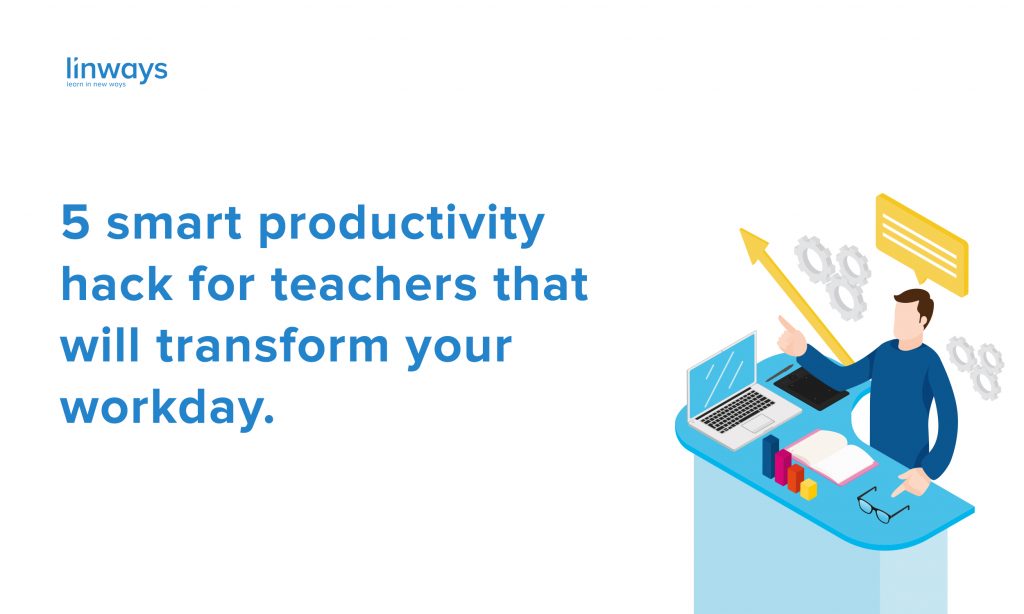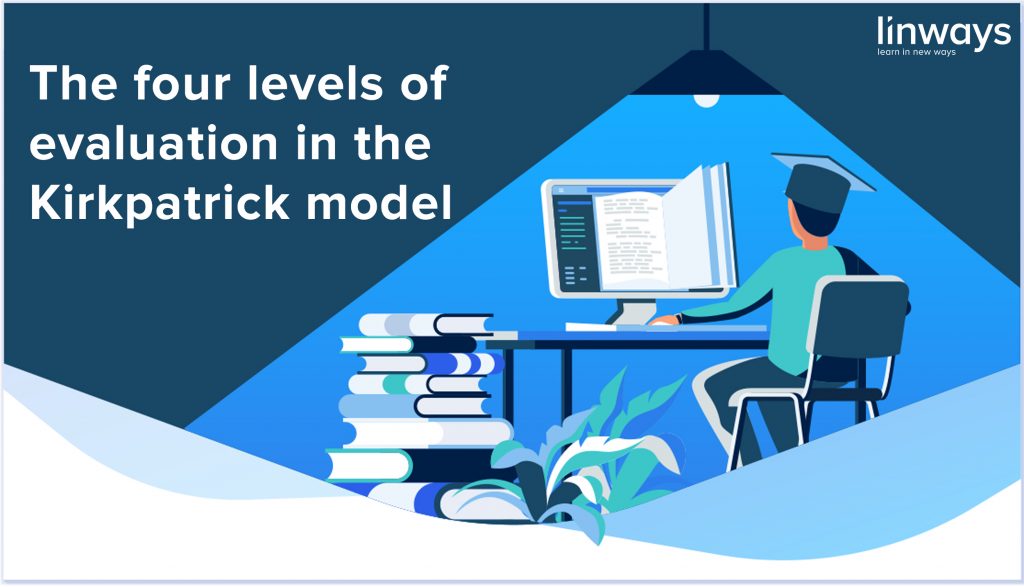
To move forward, improve and express. That is the purpose of education.
Education has many shapes and phases. Which is precisely why we believe that there is always a space left for the better in it, the yet-to-come. And every now and then, there are always reforms and revolutionary ideas emerging from around the world.
The notion of “Flipping the Classroom” has been creating some chatter for some time now and we wanted to check out what it really means and what its implications are.
And like before, we are publishing our findings on the concept by this blog.
Where does it come from?
Flipped Classroom is a notion which inverts the traditional classroom environments, focusing on students teaching themselves over the conceptual knowledge by taking part in active learning.
Instead of teachers lecturing for long hours and merely delivering the information, the instructional contents are delivered, often online, to the students beforehand and the classroom is used for diving deeper into the curriculum facilitating the knowledge they have using experiments, projects, and peer-to-peer interactions.
In 1993, Alison King published “From Sage on the Stage to Guide on the Side” In the article, King focuses on the importance of the use of class time for the construction of meaning rather than information transmission. While not directly illustrating the concept of “flipping” a classroom, King’s work is often cited as an impetus for an inversion to allow for the educational space for active learning.
Woodland Park High School chemistry teachers Jonathan Bergmann and Aaron Sams are the ones who brought this concept into practice, and what they did brought it into the bigger picture. What they actually did was to record their classes and distribute it among the students, so that the absentees could catch up with the rest of the class easily.
Their work was widely received and there has been attempts to effectively flip the classrooms ever since.
(And interestingly enough, one can’t talk about flipped classrooms without mentioning Khan academy these days. What Salman Khan started, by uploading his short videos about basic maths was to bring the flipped classroom concept such a huge popularity like never before. He has mastered the area and his attempts to further revise and improve his mode of operations brings hope too.)
Flipped classroom changes the environment where the content is delivered. What traditionally was done in the classrooms will be done at home and what was done at home would be done in the classrooms.
The curriculum and the topics will be introduced to the students with the help of technology, usually in the form of videos online, where they can learn the theory while being at home. And homework, as in learning and implementing what one has learned, will be done in the classrooms with the teachers by their side to guide. And by this way, students can reflect on what they have learned and there’s little chance that they actually miss the important points or portions of what is being taught.
The teacher’s role
The teacher helps the students to learn to learn!!
In fact, the role of the teacher is much more significant in the flipped classroom concept than in the traditional teaching methods.
The students can experiment and experience on what they have learned by listening to the lectures in the classroom, and the teachers can facilitate the learning during the class hours. The teacher uses interactive techniques and provides open ended problems to solve using what the students have learned. And this would help teachers to assess and correct the errors in the thinking of students.
Now is this really as good as they say??
And like anything before it, it too has its own pros and cons like,
Pros:
1. Students can learn at their own pace– When a student falls behind, they often stay behind while the rest of the class continues with the lectures. The Flipped Classroom model provides contents to students whenever they can/want to access them, allowing them to remain stress-free as they can learn at their own pace.
2. Teachers can work more closely with students inside the classroom– Teachers can spend time in the classroom working more closely with students, ensuring the progress of their learning by answering individual questions as well as helping them to understand concepts taught in the video lessons.
3. Students can share concepts with peers– The typical classroom model allows for minimal peer engagement. Students attend class for lectures and then do their work at home. The Flipped Classroom allows students to view the videos at home and then work with their peers on projects during class time. This increases concept engagement, teamwork skills, and peer understanding.
4. Student frustration levels remain low– With the standard model, students who did not understand the lecture fully would get frustrated and confused when doing their homework at home, resulting in them lagging behind. This new model allows the students to ask questions in the classroom, reducing frustration levels and ensuring a higher work completion rate. The less frustration a student has on a subject, the more they will be willing to continue learning.
5. Teachers can group students together– While students work during class time, teachers can assess the lesson level each student is at and can group students together based upon that level. This allows the students to learn and advance together.
And cons:
1. Heavy reliance on student motivation- The flipped classroom acknowledges that everyone learns at different paces, which is why it uses a learn-at-your-own-pace style of education. But this mode of operation relies heavily on the principle that students are self-motivated. But in reality, some students are not as motivated as others, and this method of teaching may allow those less motivated students to get less done.
2. Keeping everyone on the same subject can get tricky- While teachers can assess where each student is in their education and even group them accordingly, it would become rather tricky to make sure everyone is learning at a steady pace. It will be a lot to handle when students of a class are all on different levels of the lessons and you need them to be caught up to introduce a new lesson.
Although this may seem difficult, if we actually think about it, it’s a problem we have now in the present. This issue is being addressed by the teachers all over the world by a variety of mechanisms right now and it’s not something new. But if we could adopt any of those mechanisms effectively into the flipped classroom concept, this may not be so much of an issue in the future.
3. Testing will become difficult- Tests are usually given out to everyone at the same time in order to judge how much they have learned over a period of time and to ensure that they can keep up. If students are operating under the flipped classroom model, they will each be approaching tests at different times. This will also allow students to procrastinate on their learning when they are dreading the next test.
But what the teachers could do is to make sure that the class as a whole keeps up with a predefined pace along the curriculum. And they could compensate the learning of the students who lags behind using different methods like special hours, or helping them out by dedicating some extra time for them.
4. Internet accessibility fluctuates- A flipped classroom requires of internet accessibility outside of the classroom. The internet is not always easily accessible for everyone, which can make it difficult for some students to access lectures. But since the internet is going to be something inevitable in all of our lives(it almost is by now), the only way to address this issue is to make sure that we find better ways to extend the reach of technology. Internet, frankly, is the future.
5. Promotion of a lackadaisical learning environment- Sure, we all do best when we can get things done at our own pace, but flipping a classroom will encourage students to slow down their engagement of classroom material. This can have long-term effects. students may begin to slow down their learning rate which would decrease the amount of material they learn in a given amount of time.
Since different teachers uses different techniques depending on the students they deal with, there’s no one size fits all solutions for these problems. So if you are going to give this a try, do so with some homework and prepare well. And know your audience and try to determine what they really need.
With some efforts put into it, this could really work and could give us results like never before.
And although Khan academy’s attempts are still not being followed in such scalable proportions, the use of videos and other yet-to-come innovative technologies are going to get more relevant across the educational terrains. And since we haven’t figured out how these drifts would affect us in the long run, it feels safe to assume that the future will reveal itself, hopefully with a better face.
We here at Linways are always in search for such noteworthy ideas and revolutionary concepts that has the power to transform. We have even integrated a video content module into our AMS, where teachers can now share videos along with the study materials, facilitating teachers to flip their class if they want to. As we treat the class as a community, and the teacher being it’s moderator, we believe that given the right resources, teacher can create an impression deep into the society and pave their way into the future.



